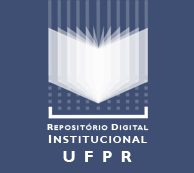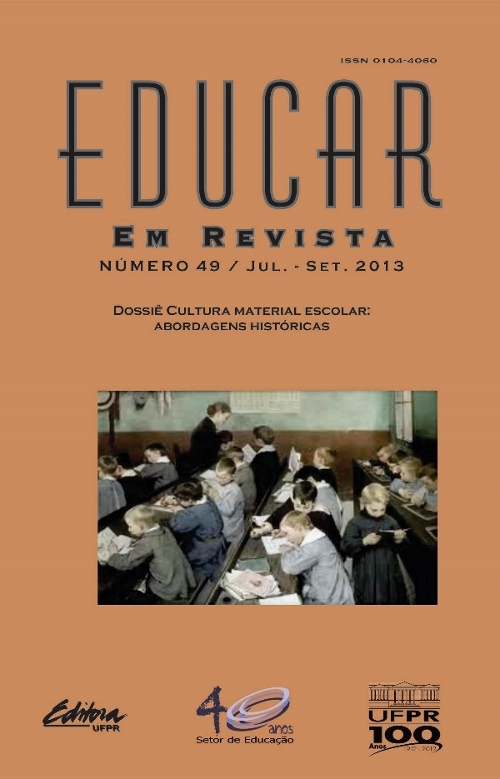Presentation
Resumo
“The easy way objects from daily life
have been forgotten is embarrassing.” Marie-Pierre Julien and Céline Rosselin
The fact described in the epigraph calls attention to the ordinary nature of objects, which has inescapable presence in societies and in human living. However, by means of such recurring existence, objects have been second in intellectual worries and in academic studies. Giving visibility to that everyday dimension has been the goal of individuals who analyze material culture in several fields. In this respect Marie-Pierre Julien and Céline Rosselin, through their interesting essay entitled La Culture Matérrielle, published in 2005 by La Découverte press from Paris, questioned the material culture concept validity emphasizing that it is a kind of notion which helps thinking about construction of subjects, of objects and of culture because material culture cannot be reduced to material objects, but it integrates the relationship between subjects and objects. As a matter of fact, those authors say that this is the physical relation between objects and subjects that provides culture. Objects have shapes, colors, sizes, material items. On the other hand, besides that, they play social, aesthetic and symbolic roles. In this sense objects have polysemic meanings which are semantically redefined as long as they exist and as long as they are used. Still regarding the mentioned authors’ understanding, subjects are not passive receivers when the message is communicated by the object, unlikely they build the meaning supported by an active process of perception.
Como Citar
Edição
Seção
Licença
Todo o conteúdo do periódico está licenciado sob uma Licença Creative Commons do tipo atribuição BY.
Os Direitos Autorais para artigos publicados na Educar em Revista são do autor, com direitos de primeira publicação para a revista. A revista é de acesso público (Open Access), sendo seus artigos de uso gratuito, com atribuições próprias, em aplicações educacionais e não-comerciais.



